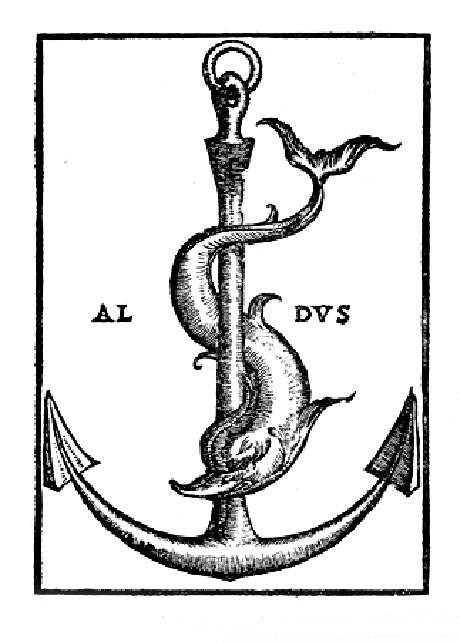 I originally wrote the following post as a research paper for an undergraduate art history class. Later, I took the text and used it as the basis for designing a book in a graphic design class. I’ve always loved all that I learned on the project and can honestly say that I enjoyed every hour I spent either in the library reading or in front of the printer trying to get spreads to line up.
I originally wrote the following post as a research paper for an undergraduate art history class. Later, I took the text and used it as the basis for designing a book in a graphic design class. I’ve always loved all that I learned on the project and can honestly say that I enjoyed every hour I spent either in the library reading or in front of the printer trying to get spreads to line up.
an introduction to typography’s beginnings based on a historical research paper
Typography, and graphic design in general, is an ever evolving, process driven field. This is the same today as it was 500 years ago when mass printing was just beginning in Europe. By examining the evolution and typography of this incunabula period, the novice designer can learn both the intricacies and history of type.
The Italian Renaissance that occurred from the fourteenth through sixteenth centuries caused revolutionary changes in human history that still impact society and culture today. One aspect that witnessed phenomenal change was that of book production. Technological achievements combined with cultural revival of classical antiquity created standards of production and typography that have served as the foundations of both fields since their inception more than five hundred years ago. The change was an evolutionary process that involved both creative inspirations from the classics of Greece and Rome as well as trial and error refinement of printing techniques.
Western civilization developed reusable, moveable type around 1440. The major breakthrough came from the perfection of the mold in which to cast each block of type. With this new method, hundreds of pieces of type could be cast in a day allowing for mass production of printed materials. (Dowding 3) From its initial birth around Mainz, Germany the innovations quickly spread throughout Europe as entrepreneurs saw the potential for mass printed material in other markets and began establishing presses across the continent. Having found its way to Italy, printing and typography underwent fundamental changes at the hands of humanist scholars and the printers associated with providing these educated men with reading material.
Continue reading →

